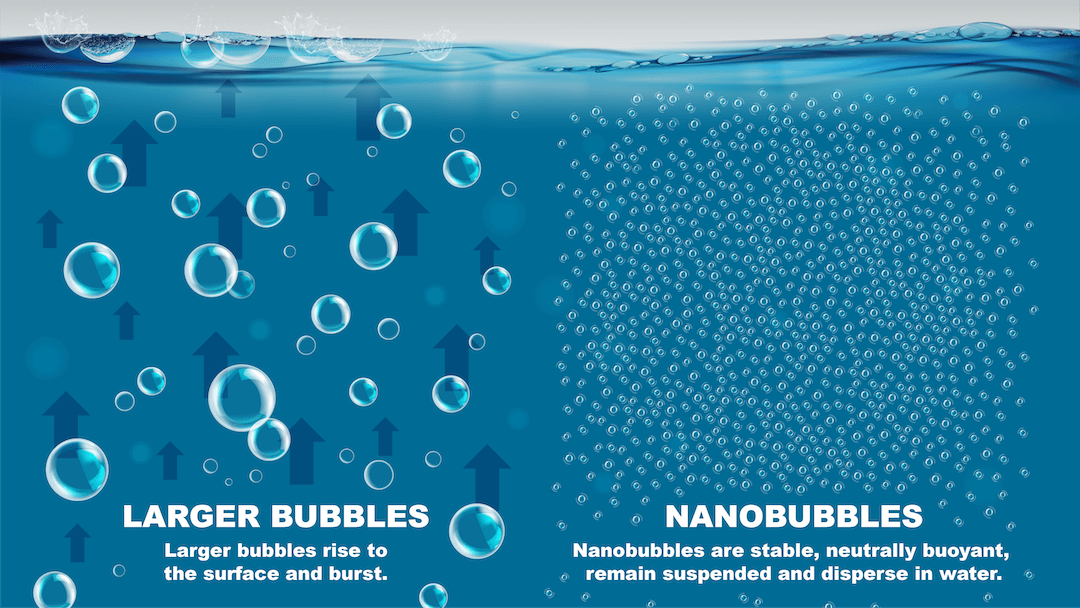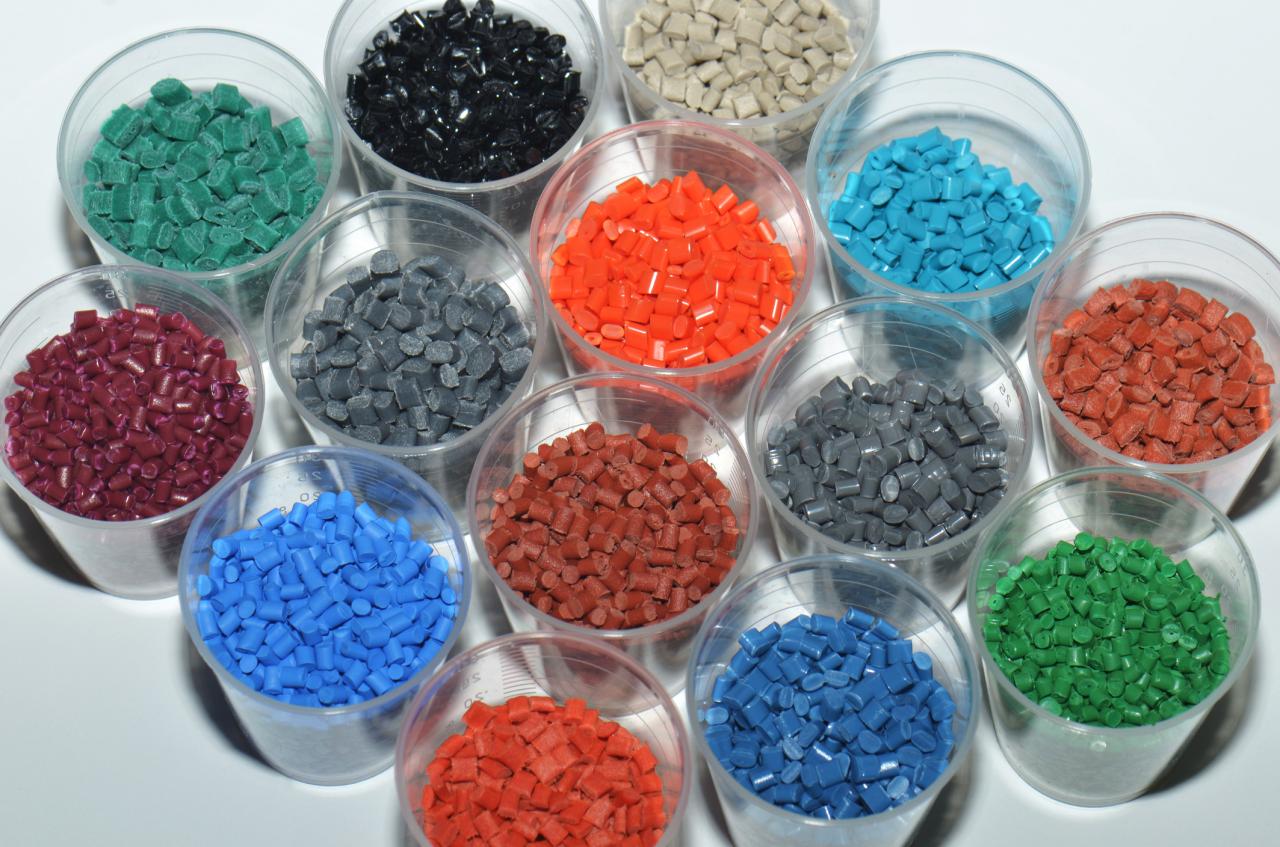Bubble Technology: Exploring Its Science and Applications
Bubble technology, a fascinating realm of physics and engineering, unveils the captivating science behind the ephemeral beauty of bubbles. From the simple joy of blowing soap bubbles to the intricate […]

Bubble technology, a fascinating realm of physics and engineering, unveils the captivating science behind the ephemeral beauty of bubbles. From the simple joy of blowing soap bubbles to the intricate applications in diverse industries, bubble technology has captivated minds and fueled innovation for centuries.
This exploration delves into the fundamental principles governing bubble formation, stability, and bursting, highlighting the diverse applications of bubble technology across various fields. From the creation of nanomaterials to advancements in biomedicine, the potential of bubble technology continues to expand, offering exciting possibilities for the future.
Introduction to Bubble Technology
Bubbles are a captivating phenomenon that has fascinated people for centuries. They are a simple yet mesmerizing display of physics and chemistry, often associated with childhood play and celebrations. But beyond their playful nature, bubbles hold a fascinating world of scientific principles and technological applications.
This section delves into the fundamentals of bubble technology, exploring its history, evolution, and the key principles behind bubble formation and stability.
The History and Evolution of Bubble Technology
The history of bubble technology traces back to ancient times, with early civilizations using soap-like substances for cleaning and washing. However, the deliberate creation of bubbles for entertainment and scientific exploration emerged much later.
The first documented experiments with soap bubbles were conducted in the 17th century by Robert Boyle, a renowned scientist who investigated the properties of air and gases. His experiments paved the way for a deeper understanding of bubble formation and the role of surface tension in their stability.
Over the centuries, the study of bubbles has advanced significantly, with scientists and engineers exploring their applications in various fields, including:
- Materials Science: Bubbles have become a valuable tool for studying the properties of materials at the nanoscale, leading to advancements in areas like nanotechnology and drug delivery.
- Biotechnology: Bubbles are used in bioreactors for cell culture and fermentation, enhancing the efficiency of biological processes.
- Environmental Engineering: Bubble technology plays a crucial role in wastewater treatment, air pollution control, and oil spill cleanup.
Principles of Bubble Formation and Stability
The formation and stability of bubbles are governed by a delicate interplay of forces, including:
- Surface Tension: The cohesive forces between liquid molecules create a surface tension, acting like a thin elastic skin that resists stretching and contraction.
- Air Pressure: The pressure inside a bubble is higher than the surrounding air pressure, contributing to its spherical shape.
- Soap Films: The addition of soap to water reduces surface tension, allowing bubbles to form more easily and last longer. Soap molecules also create a thin, flexible film that provides structural integrity to the bubble.
The stability of a bubble is determined by the balance between these forces. A bubble will eventually burst when the internal air pressure exceeds the strength of the soap film or when the film becomes too thin due to evaporation or drainage.
“The beauty of a bubble lies in its ephemeral nature, its fragility reminding us of the fleeting nature of life itself.” – Unknown
Applications of Bubble Technology
Bubble technology has found its way into numerous industries, revolutionizing various processes and creating innovative solutions. This technology leverages the unique properties of bubbles, including their ability to encapsulate, transport, and react with various substances, making them highly versatile in diverse applications.
Applications of Bubble Technology Across Industries
Bubble technology offers a wide range of applications across different industries, including:
| Industry | Applications |
|---|---|
| Pharmaceuticals | Drug delivery, microencapsulation, and controlled release systems. |
| Cosmetics | Encapsulation of active ingredients, skin care products, and foaming agents. |
| Food and Beverage | Flavor encapsulation, food preservation, and innovative packaging. |
| Environmental Science | Water treatment, oil spill cleanup, and soil remediation. |
Advantages and Disadvantages of Bubble Technology
Bubble technology offers several advantages in various applications, but it also has some drawbacks that need to be considered:
Advantages
- Increased Efficiency: Bubble technology can enhance efficiency in various processes, such as drug delivery, where bubbles can precisely target specific cells, leading to better absorption and reduced side effects.
- Enhanced Functionality: Bubbles can encapsulate and protect sensitive substances, allowing for improved stability and controlled release. This is particularly beneficial in industries like cosmetics and pharmaceuticals.
- Cost-Effectiveness: In some cases, bubble technology can be a cost-effective alternative to traditional methods, particularly in water treatment and oil spill cleanup.
- Environmentally Friendly: Bubble technology can be environmentally friendly, as it often uses less energy and produces fewer harmful byproducts compared to traditional methods.
Disadvantages
- Limited Stability: Bubbles can be fragile and susceptible to environmental factors, such as temperature and pressure, which can affect their stability and performance.
- Scaling Challenges: Scaling up bubble technology for large-scale production can be challenging, as it requires specialized equipment and careful process control.
- Limited Applications: While versatile, bubble technology may not be suitable for all applications, especially those requiring high pressures or temperatures.
Types of Bubbles and Their Properties
Bubbles are fascinating objects that exhibit a wide range of properties depending on their composition, size, and the surrounding environment. They are ubiquitous in nature and are also used in various technological applications. Understanding the different types of bubbles and their properties is crucial for exploring their diverse applications and optimizing their behavior.
Soap Bubbles
Soap bubbles are perhaps the most familiar type of bubble. They are formed by a thin film of soapy water that encloses a volume of air. The soap film is composed of a layer of soap molecules, which are amphiphilic, meaning they have both a hydrophilic (water-loving) head and a hydrophobic (water-fearing) tail.
The hydrophilic heads of the soap molecules are attracted to the water molecules, while the hydrophobic tails are repelled by them. This arrangement causes the soap molecules to self-assemble into a thin film at the air-water interface, with the hydrophilic heads facing the water and the hydrophobic tails facing the air.
The soap film is also stabilized by the presence of dissolved salts, which increase the surface tension of the water and make it more difficult for the film to break.
Soap bubbles are remarkably stable, but their lifespan is limited by factors such as evaporation, gravity, and air currents.
The spherical shape of soap bubbles is a consequence of surface tension, which minimizes the surface area of the film for a given volume. Soap bubbles are also highly reflective, due to the thinness of the soap film, which causes light waves to interfere with each other.
Air Bubbles in Liquids
Air bubbles in liquids are formed when air is trapped within a liquid. These bubbles can be created by various mechanisms, such as stirring, shaking, or injecting air into the liquid.
Air bubbles in liquids are typically spherical, but their shape can be influenced by the surrounding liquid and the presence of other bubbles.
The stability of air bubbles in liquids is determined by factors such as the viscosity and surface tension of the liquid, the size of the bubble, and the presence of surfactants.
For instance, in a viscous liquid, the bubble will rise more slowly due to increased resistance. Surfactants, which reduce surface tension, can also stabilize air bubbles in liquids.
Gas Bubbles in Solids
Gas bubbles can also be trapped within solids, forming a variety of structures, such as pores, voids, and inclusions. These bubbles can be created during the manufacturing process, or they can form as a result of chemical reactions or physical processes.
Gas bubbles in solids can have a significant impact on the properties of the material, such as its strength, density, and conductivity.
For example, gas bubbles in metals can make them more brittle and less resistant to fatigue. In contrast, gas bubbles in plastics can improve their insulation properties.
The stability of gas bubbles in solids is influenced by factors such as the pressure of the gas, the temperature, and the properties of the solid material.
Scientific Principles of Bubble Technology

Bubbles are a captivating phenomenon that exemplifies the intricate interplay of physical forces. Understanding the science behind their formation and behavior is crucial for comprehending the diverse applications of bubble technology.
Surface Tension, Cohesion, and Adhesion in Bubble Formation
Surface tension is a key factor in bubble formation. It is the tendency of a liquid’s surface to contract, minimizing its surface area. This property arises from the cohesive forces between liquid molecules, which are stronger than the adhesive forces between the liquid and air molecules. As a result, the liquid molecules at the surface experience an inward pull, creating a tight, elastic film. This tension allows the liquid to resist deformation and form a spherical shape, which minimizes the surface area.
Factors Influencing Bubble Stability
Several factors influence bubble stability, including temperature, pressure, and humidity.
- Temperature: Higher temperatures generally decrease surface tension, making bubbles less stable. This is because increased thermal energy weakens the cohesive forces between liquid molecules, reducing the inward pull at the surface.
- Pressure: Pressure plays a significant role in bubble stability. Higher pressure, such as when a bubble is submerged in water, increases the pressure inside the bubble, making it more stable. Conversely, lower pressure, like at higher altitudes, can cause bubbles to burst more easily.
- Humidity: Humidity affects the rate of evaporation of the liquid forming the bubble. Higher humidity slows down evaporation, increasing bubble stability. Conversely, lower humidity accelerates evaporation, leading to faster bubble bursting.
Physics of Bubble Bursting
Bubble bursting is a complex process involving the interplay of several factors, including surface tension, pressure, and the surrounding environment.
- Thinning of the Bubble Film: As a bubble ages, the liquid film forming the bubble thins due to evaporation and drainage. This thinning weakens the bubble’s structure, making it more susceptible to bursting.
- Pressure Differential: The pressure inside a bubble is higher than the atmospheric pressure outside. This pressure difference creates an outward force, which eventually overcomes the surface tension, causing the bubble to burst.
- External Disturbances: External disturbances, such as wind, air currents, or contact with objects, can destabilize the bubble and lead to its bursting.
Innovations and Future Directions in Bubble Technology
Bubble technology, while seemingly simple, holds immense potential for advancements and applications across diverse fields. Ongoing research and development are constantly pushing the boundaries of bubble technology, leading to innovative solutions and exciting possibilities.
Applications of Bubble Technology in Nanomaterials
The manipulation and control of bubbles at the nanoscale opens up new avenues in nanomaterials research and development. Nanobubbles, bubbles with diameters in the nanometer range, exhibit unique properties that can be harnessed for various applications.
- Enhanced Drug Delivery: Nanobubbles can encapsulate and deliver drugs or therapeutic agents directly to target cells or tissues. Their small size allows for deeper penetration into tissues, improving drug efficacy and reducing side effects.
- Nanomaterial Synthesis: Nanobubbles can serve as templates for the synthesis of nanomaterials with controlled size and morphology. This enables the creation of novel nanomaterials with specific properties for applications in electronics, catalysis, and energy storage.
- Environmental Remediation: Nanobubbles can be used to remove pollutants from water and soil. Their large surface area and ability to trap pollutants make them effective agents for environmental remediation.
End of Discussion: Bubble Technology

Bubble technology, a testament to the wonders of nature and human ingenuity, continues to inspire and amaze. As we delve deeper into the intricacies of bubble formation and stability, we unlock a world of possibilities, pushing the boundaries of scientific understanding and engineering innovation. From the delicate beauty of soap bubbles to the transformative potential in diverse fields, bubble technology promises a future filled with captivating discoveries and groundbreaking advancements.
Bubble technology is a powerful tool for building web applications without writing a single line of code. It allows users to drag and drop elements to create user interfaces and connect them to data sources. This makes it ideal for quickly building prototypes and MVPs.
For more information on how to build innovative solutions with technology, check out think technology. With its intuitive interface and robust features, Bubble technology can help you bring your ideas to life and create dynamic web applications.









